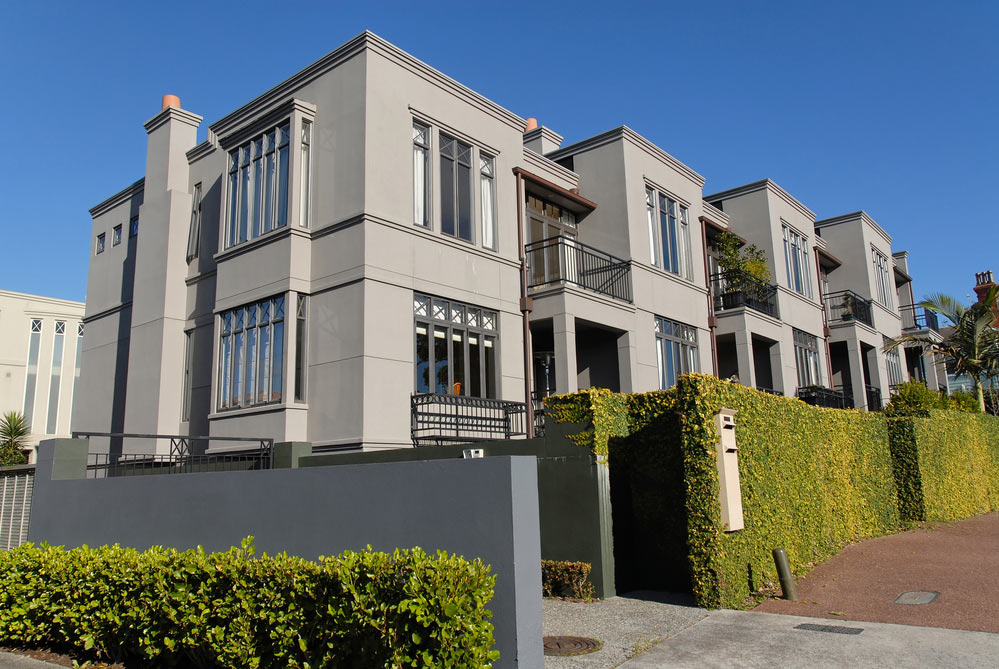The new Government is set to try to restrict foreign buying and migration while ramping up supply of houses and apartments that cost less than $600,000.
New Zealand’s new Labour-New Zealand First coalition Government with Green support was sworn in last week and held its first cabinet meeting on Tuesday. As recently as early October, most gamblers had their money on National returning for a fourth term with the support of New Zealand First. The result on election night looked more like a victory for Bill English than anyone else. As recently as early June the National Government looked to be a shoe-in for a record fourth term under MMP.
In the end, New Zealand First and Winston Peters chose the policies and personalities that were most in tune with his own. Luckily for him and the new coalition government, the Greens had rid themselves of a leader who called Peters a racist and neither Peters or Green Leader James Shaw had said a bad word about each other. The Government moved swiftly this week on the shared parts of their manifesto, including the parts they had most in common around housing and taxation.
Prime Minister Jacinda Ardern’s first act was to announce a planned change to the Overseas Investment Act to label all existing residential properties “sensitive”, which means any purchase involving a non-resident must require the approval of the Overseas Investment Office.
This clever tweak got Ardern off the hook with New Zealand’s trade deal with South Korea and the Trans Pacific Partnership. The previous Government had said a foreign buyers’ ban was not possible without renegotiating these deals, but the new Government said its advice was the OIA tweak was fine.
Ardern said conveyancers and solicitors would have to provide certificates with property transfers assuring that the buyer is not a non-resident, or if they are not resident they are a citizen. This means New Zealand citizens living overseas can still buy property. The policy does not apply to bare land or commercial property. Australians are also exempt.
The new Government plans to introduce the amendment to the OIA to Parliament before Christmas and pass it into law early next year. It says it needs to pass the change early and before the TPP comes into force. Once the TPP is operational, then such a change would be impossible, Trade Minister David Parker said.
The jury is out on whether the ban will do much to slow Auckland's rampant house price inflation of the last decade, or whether it might accelerate the slight fall (1-3 percent) seen over the last year.
The simple answer is that no one knows exactly how much overseas capital has flowed into Auckland and how much of an impact it has had on prices, alongside the pressures of record high net migration and the lowest house building rate in history.
Land Information New Zealand created a data set in 2015 measuring the number and percentage of property transfers involving non-residents for tax purposes.
This was done after the Government announced a withholding tax on non-resident buyers of rental properties that forces buyers to declare whether they are residents for tax purposes.
That's not necessarily the same as people who are non residents. People with temporary work or student visas often register to pay income and other tax, but are not permanent residents. People also often buy properties through corporate or business entities, where the ultimate residency of the beneficial owner is not declared or clear.
LINZ reported that five percent of buyers of 12,951 Auckland properties in the June quarter were not New Zealand tax residents, while 20 percent of properties were bought by 2,637 corporate or business entities. All but six of those entities stated they were resident in New Zealand for tax purposes.
So the actual percentage of purchases that could involve people without permanent residency could range between five percent and 20 percent. The data itself is therefore not useful in determining the actual scale of the foreign buying. Many providers of foreign capital buy homes in Auckland through friends, family members and corporate entities that would evade both the existing data collection methods and the planned legislation to declare residential properties 'sensitive'. New Zealand First did secure an agreement to create a “comprehensive register” of foreign owned land and housing so that may change.
The key questions will be around the certificate that conveyancers and solicitors have to sign declaring that the buyer is a non-resident, including whether it forces them to specify and guarantee whether the ultimate beneficial owner of the buyer’s company is a non-resident. It could be argued new Anti-Money Laundering rules coming into force next year could force them to do that anyway.
It is also still possible that a buyer could apply for an exemption under the OIA to the Overseas Investment Office. Given up to 2,600 properties in Auckland could involve foreign owners every three months, there is the potential for the OIO and the minister responsible for signing off application to be over-whelmed. The OIO processed just 26 applications in the three months to August.
But it could have been worse. Winston Peters wanted a complete ban on both land and home purchases, including residential and farm land. The ban agreed still allows purchases of bare land for either land-banking or development. He also wanted to cut migration by up to 60,000 a year from the current level of around 70,000. Instead, Labour agreed to a cut of 20,000 to 30,000.
Labour’s other policies around housing and property remained intact after the negotiations. They include extending the two year bright line test to five years, taxing the negative gearing of rental properties and building 100,000 affordable homes over the next 10 years, including 50,000 in Auckland. The Government would plan and pay for the homes before selling them on to first home buyers. These homes would cost up to $600,000 in Auckland and up to $500,000 elsewhere.
Meanwhile, interest rates remained on hold with the Reserve Bank also in caretaker mode before the new Government appoints a new Governor to start in March. The bank has said it expects to leave the Official Cash Rate on hold until late 2019 or early 2020 at the earliest because inflation is low.
The bottom line:
- House price inflation has slowed nationally and prices were generally flat in September in the biggest cities. Prices in Auckland and Christchurch were down 3% and 1% respectively from a year ago. Wellington’s annual inflation rate was 10% in September and Napier’s was 18%, while Hamilton was flat and Tauranga was up 6%.
- The Reserve Bank has forecast an unchanged Official Cash Rate through all of 2017 and all of 2018. It does not see the first hike until late 2019.
- Banks have stopped lifting longer term mortgage rates and now also see the OCR on hold until late 2018 after weak inflation and growth figures. Some are tentatively lowering some special mortgage rates and advertising more after the gaps between their lending growth and deposit growth rates narrowed to give them more funding flexibility.
- The Reserve Bank is unlikely to be able to introduce a DTI limit in 2017. It has to do lengthy consultation and it has said it would not use the tool right now even if it had it because of the market’s moderation.
- The new Government plans to ban foreign buying of existing homes from early 2018, extend the bright line test to five years from two years and stop negative gearing by landlords. It is not planning a capital gains tax in the first term.
- The key variables to watch in late 2017 are New Zealand’s new governing arrangements, China’s bad debt situation, Europe’s financial and political dramas, global inflation and interest rates, and Donald Trump’s twitter account in that order.
By Bernard Hickey



